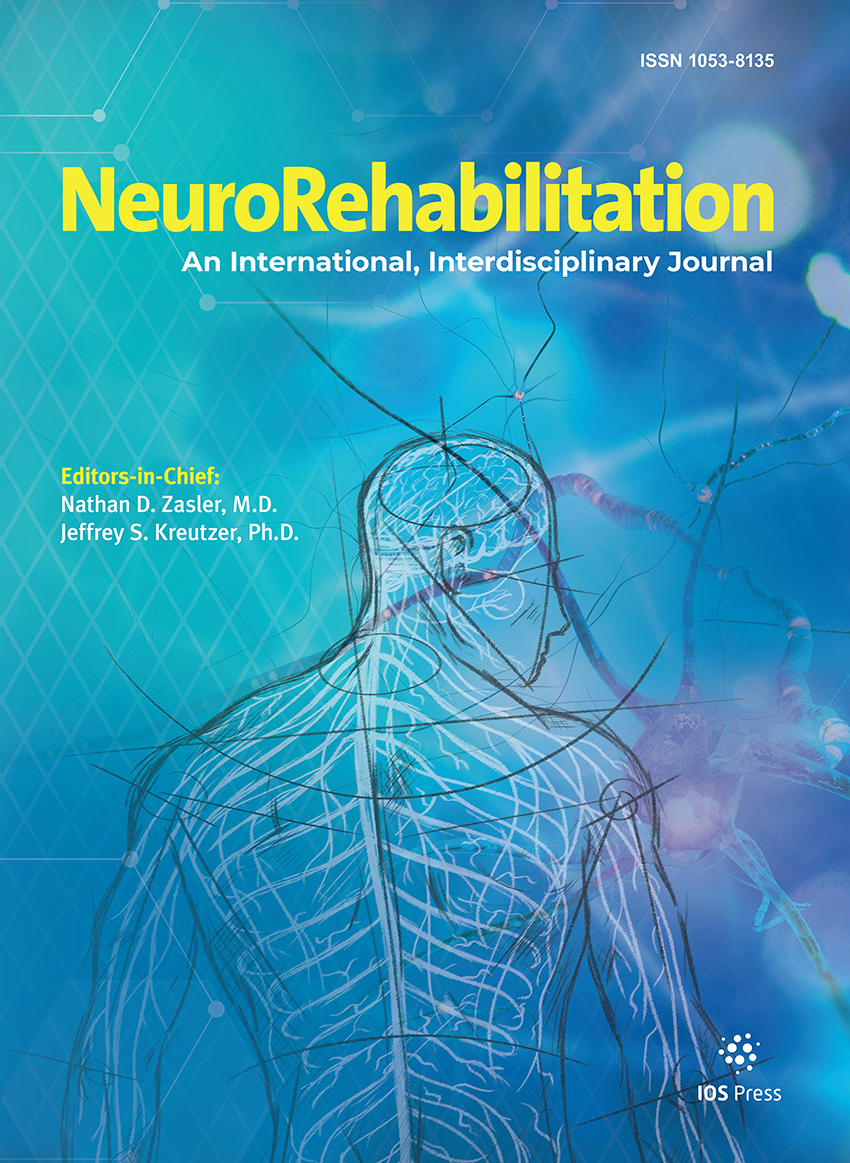Authors: Chen, Liu-Zhu | Tu, Yu-Jie | Huang, Ye-Zhi | Qiu, Li-Nan | Chen, Jia-Hao | Xu, Xue-Qian | Xu, Min-Jie | Geng, Dan-Dan | Lin, Yi-Si | He, Jin-Cai
Article Type:
Research Article
Abstract:
BACKGROUND: In China, the current status of clinical treatment of eLVO and the factors affecting its long-term prognosis are unclear. OBJECTIVE: This study aims to explore the predictive factors of functional outcomes at one year in patients of acute ischemic stroke with emergent large vessel occlusion (eLVO). METHODS: We retrospectively collected 536 patients who underwent treatments for eLVO. Primary outcomes included one-year functional outcomes and delayed functional independence (DFI). The logistic regression was performed to predict the primary outcome. RESULTS: 431 (85%) survivors participated in the one-year follow-up. In the multivariate logistic analysis adjusted
…for baseline characteristics, the following factors were found to be significant predictors of functional dependence at one year: old age (aOR = 1.042, 95% CI=1.01-1.076, p = 0.011), low Alberta stroke program early CT score (ASPECTS) (aOR = 0.791, 95% CI=0.671-0.933, p = 0.005), unsuccessful reperfusion (aOR = 0.168, 95% CI=0.048-0.586, p = 0.005), poor medication compliance (aOR = 0.022, 95% CI=0.007-0.072, p < 0.001), and complicated with stroke-associated pneumonia (SAP) (aOR = 2.269, 95% CI=1.103-4.670, p = 0.026). We also found that men (aOR = 3.947, 95% CI=1.15-13.549, p = 0.029) had better medication adherence (aOR = 14.077, 95% CI=1.736-114.157, p = 0.013), and going to rehabilitation centers (aOR = 5.197, 95% CI=1.474-18.327, p = 0.010) were independent predictors of DFI. CONCLUSION: The significant predictors of functional dependence at one year were: old age, low ASPECTS, unsuccessful reperfusion, poor medication adherence, and combination with SAP. Men, good medication adherence, and going to rehabilitation centers contributed to getting delayed functional independence.
Show more
Keywords: Stroke, large vessel occlusion, endovascular therapy, thrombolysis, prognosis
DOI: 10.3233/NRE-220269
Citation: NeuroRehabilitation,
vol. 52, no. 2, pp. 187-197, 2023
Price: EUR 27.50





